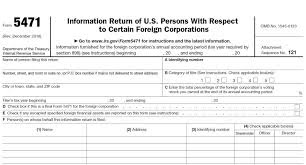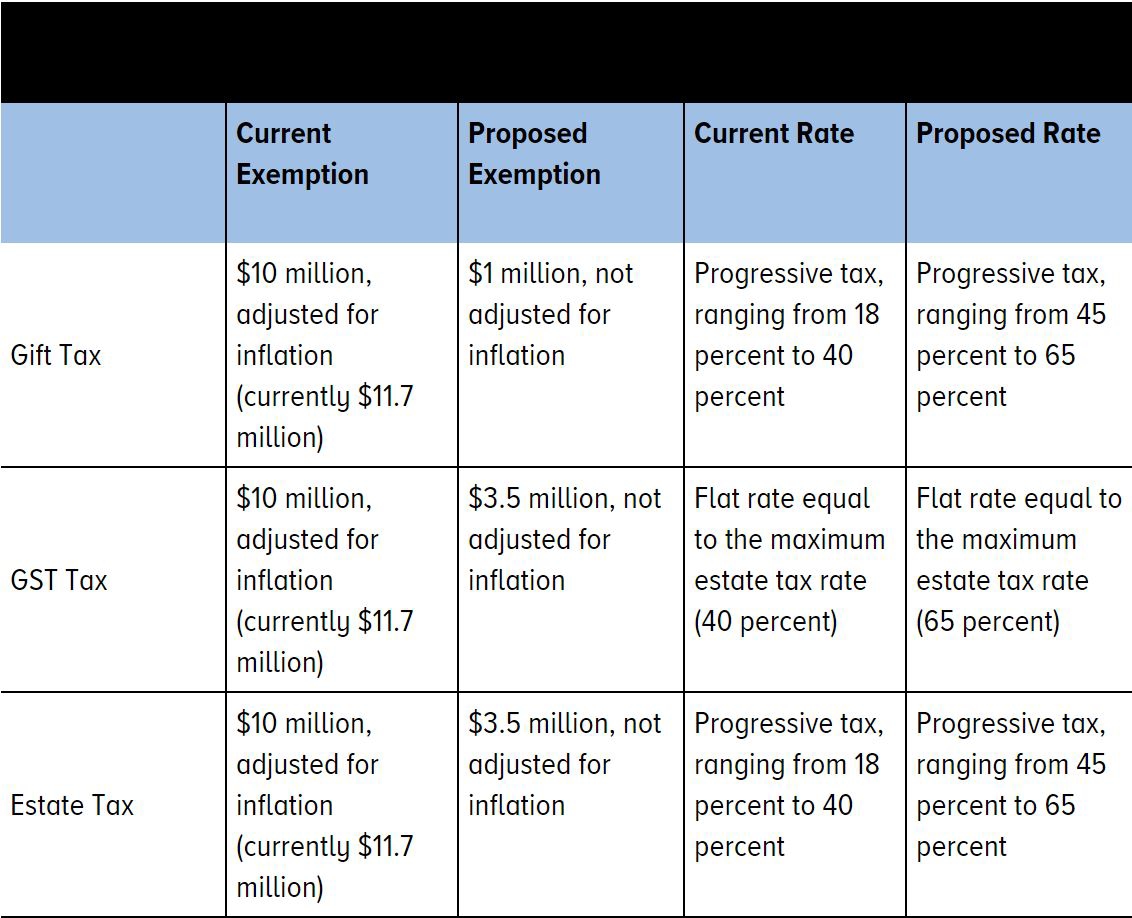According to
Law360, nearly 170,000 taxpayers possibly didn't report up to
$29 billion of peer-to-peer payments that they received despite getting information returns for the transactions, according to a watchdog report released Monday.
The taxpayers received Forms 1099-K for the payments, according to data from three peer-to-peer payment applications, but they never filed a tax return and therefore the payments were never reported to the government, according to the report from the Treasury Inspector General for Tax Administration.
Limited reporting requirements pose problems for the agency in identifying unreported business income facilitated by peer-to-peer payment applications, but the agency didn't always take action against nonfilers and underreporters even when information was available, according to the report.
Peer-to-peer payment applications such as Venmo, PayPal and SquareUp allow users to send money from a mobile device through a linked bank account or card, the watchdog's report said. The applications are growing, and present tax compliance challenges for the Internal Revenue Service, according to TIGTA.
"If The IRS Is Unable To Effectively Identify Noncompliance, Taxpayers May Begin Using Peer-To-Peer Payment Applications
To Conduct Business, Skirt Third-Party Reporting And Avoid Paying Taxes On Income," The Watchdog Report Said. Internal Revenue Code Section 6050W requires entities designated as third-party settlement organizations, or central organizations obligated to make payments to payees of third-party network transactions, to file Form 1099-K information returns when total transactions with a payee exceed 200 and gross payments exceed $20,000, according to the report.
However, it is unclear if many peer-to-peer applications meet the definition of third-party settlement organizations and are therefore required to file the information reports, the report said. Nevertheless, many of the applications file the Forms 1099-K when the criteria are met anyway, TIGTA said.
TIGTA made three recommendations to the IRS in the report. The agency agreed with two, including one that it should work with the U.S. Department of the Treasury's Office of Tax Policy to consider pursuing a regulatory change clarifying the third-party settlement organization designation.
However, the IRS pushed back on a TIGTA recommendation that it launch a compliance initiative project that includes Form 1099-K payments associated with peer-to-peer payment applications.
De Lon Harris, Small Business/Self-Employed Commissioner, Examination, one of the division's co-commissioners, wrote in the agency's response in the report that the IRS has necessary systems in place to find noncompliance.
"Given Our Existing Resource Constraints
And The Opportunity Costs Inherent In Prioritizing
This 1099-K Issue Over Higher Priority Work
That Is Likely To Yield Greater Tax Assessments,
the IRS does not believe there is a demonstrated compliance problem that would warrant further examination resources," he wrote. "We are concerned TIGTA has not considered the results of the compliance efforts taken by the IRS, particularly in the underreporter programs."
The American Rescue Plan Act significantly lowered the information reporting threshold under Section 6050W to $600 regardless of the number of transactions starting in 2022.
TIGTA has raised concern about the agency's Form 1099-K compliance work before. The watchdog in a December report identified 314,586 business taxpayers with $335.5 billion in Form 1099-K income that appeared to have a filing obligation but weren't identified as nonfilers by the IRS.
The report also found 62,087 individual nonfilers with $575 million in Form 1099-K income who the IRS hadn't identified as nonfilers and nonfiler cases weren't created. TIGTA estimated that if the agency identified, created and worked just the nonfiler and underreporter cases with Form 1099-K income of $1 million or more for businesses and $100,000 for individuals it could have assessed more than $5.7 billion in taxes.
Eric Hylton, then the commissioner of SB/SE, in the management response in that report, wrote that both underreporting programs were functioning as intended.
Have a IRS Tax Problem?
Contact the Tax Lawyers at
Marini & Associates, P.A.



























